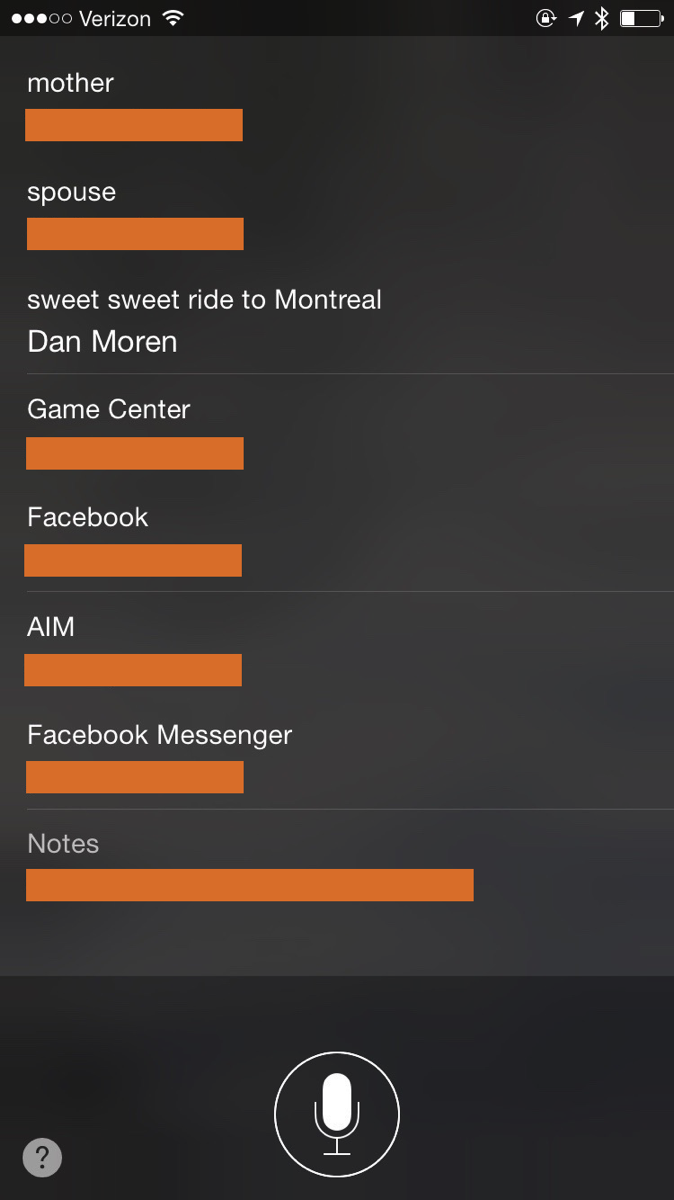Christopher Mims of the Wall Street Journal published a story this week with the sensational headline “Why Apple Should Kill Off the Mac.” In it, Mims argues that Apple doesn’t have the resources to focus on the Mac, which is clearly less important to the company than its growing lineup of mobile devices.
Long-time, Mac-savvy journalist Glenn Fleishman couldn’t resist rebutting the argument for Macworld. His take boils down to the Mac remaining too vital a part of Apple’s spiritual core, and it being important to Apple to control the devices used for the very development work that makes the other devices so valuable.
John Gruber unleashed his coveted “Jackass of the Week” award for Sims, dismissing the argument as nonsensical, and proclaiming “the end of the Mac is not in sight.”
The assumption that mobile devices will rise to the occasion of obsoleting desktop computers has run rampant for years. I responded to the sentiment nearly five years ago in a Macworld article: “Why I’m Sticking with the Mac.” The Mac is a general-purpose computer, which makes it a little boring in some respects, but its role as the hub for many customers’ computing needs remains valuable. “Apple’s strength on the desktop permits it to take risks with other products,” I wrote in 2010, and I believe that remains true today.
One sensational headline deserves another, so let’s get to mine: “Mobile is a Fad.” Why have people been so convinced, for years, that mobile is the future, while desktop computers are on the way out? What if mobile devices only fill the variety of temporary needs that arise from how we live today?
Product genres proliferate because they meet a need. In the 1970s when oil supplies were scarce, tiny economy cars began to dominate the market. It probably seemed reasonable at the time to assume that gas-guzzling trucks and off-road vehicles were on the way out, yet as soon as the world became flush with cheap oil again, car sizes ballooned and fuel economy plummeted. For many the demand for utility and power, even in the absence of justifiable need, outshines the specialized economy of smaller cars.
Why are people so excited about mobile? Because they go places. What if people stopped going places? Mobile devices are a godsend for people who are expected to wake up every morning, commute to work, run a variety of errands, and possibly stop for a drink with friends on the way home, expecting the battery life on their pocket and wrist-bound devices to stay at least above 20%.
In the future, your errands will all be handled by a low-paid army of Postmates and Taskrabbits. Your friends, geographically distributed around the world, will be selected from among the group of loyal comrades that chooses to live in your virtual reality: Facebook or Google. And you won’t ever be found rushing out the door at dawn, unless you’ve just woken from a nightmare flashback to the days before everybody worked from home. And now that we’re all at home most of the time, we might as well use powerful, multi-purpose computers with full-sized tactile keyboards. We deserve it.
Hopefully that’s all far-fetched, but I indulge in the dystopian fantasy to draw focus on my contention that neither the proliferation of mobile devices nor the extinction of desktop computers is a foregone conclusion. Each of the computing devices Apple in particular sells today, from the tank-like Mac Pro to the butterfly-light Apple Watch, has its own unique set of advantages and compromises. Most likely, the vast majority of us will find uses for several or all of these classes of products, as we engage in the aspects of our lives that favor either mobility or stability.
Years from now, I suppose it’s possible desktop computers will become obsolete, supplanted by mobile devices. But given the unpredictability of progress, I suspect we’ll look back at both classes of computing devices and chuckle about how silly it all seemed, before the advent of ______. On a long enough time scale, everything is a fad.
